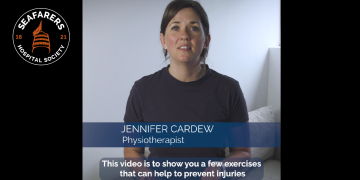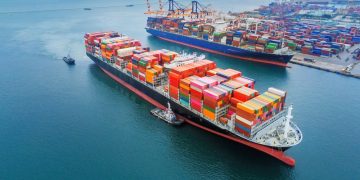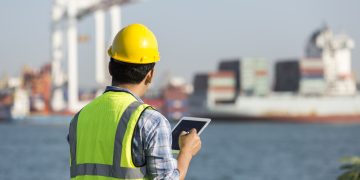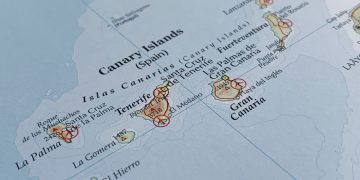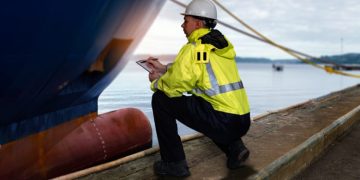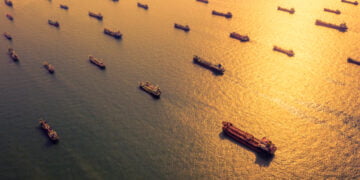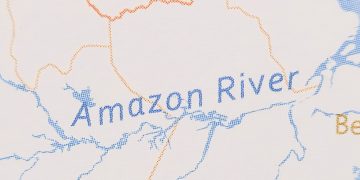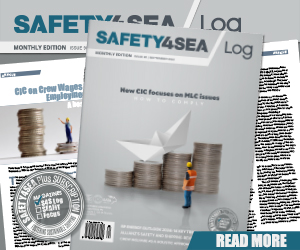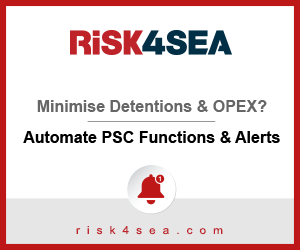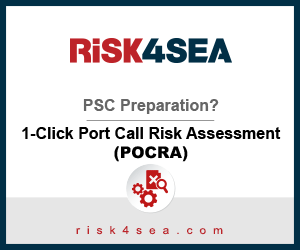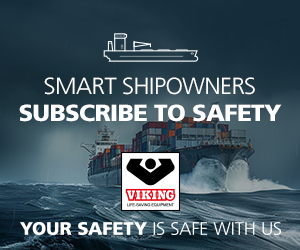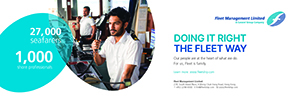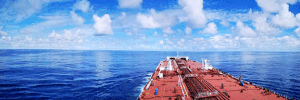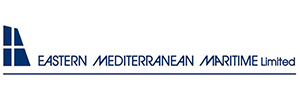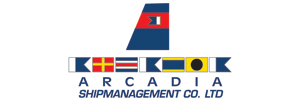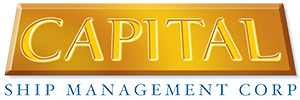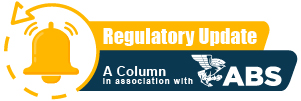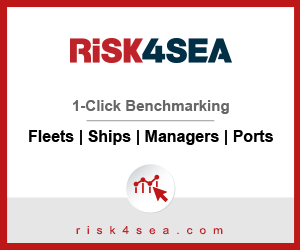Ship navigation in polar seas takes additional knowledge beyond that needed in less challenging navigation environments. It requires long experience working on specialized vessels in ice conditions, which goes with special training. However, these are not enough, as there is another significant requirement: the knowledge of nature properties and usual motions of the ice.
In cses of ice existence on seawater, ships and offshore operations are affected at high latitudes in both hemispheres. Some specially designed ice-strengthened vessels or icebreakers help the merchant ships or fishing vessels pass through ice waters and sub-temperature areas. Specifically, they break the – 2 or 3 meters thick – sea ice. However, in circumstances of maximum ice pressure, ship navigation in ice may be difficult even for the special ships. Ship’s captain lays a significant role as he should pay attention to the type of ice, thickness and ship’s location. Any misjudgment would lead to additional fuel wastage and the risk to get the vessel stuck in thick ice.
Real life indent in polar waters
A Passenger (Cruise) Ship sunk on 23 November 2007. The official report from the Liberian government concludes that the sinking of the vessel was caused by “the decision made by the Master to enter the ice field”, which resulted in the tearing of a hole in the vessel. This hole caused the vessel to sink quickly. The official report from the Liberian report concludes that the Master on the cruise ship mostly had experience with Baltic ice, which led to his misjudgment of the type of ice he encountered in the Southern Ocean. This case underlines the importance of the experience combined with a good perception of nature phenomenon.
Actions and precautions to be followed
In general, during ice ship navigation, an ice pilot and ice breakers are provided to help commercial vessel operations by safely leading the vessels through the ice but there are a few other measures to be followed by the vessel’s crew during ice ship navigation.
- The ship should avoid any alternate available route at all costs
- A very careful lookout for leads through ice is always needed
- Engines should be kept running under maneuvering conditions in in order to help the ahead and astern movements be carried out without time delay
- Avoid navigating through ice at night (if possible)
- Avoid anchoring in heavy concentrations of ice
In addition to these precautions, there are some actions to be taken while moving towards subzero temperature with ice covered waters, to ensure safe ship navigation, as follows:
- Inform the Master of the proximity of ice
- Inform the engine room of the proximity of ice
- Inform the crew of the proximity of ice
- Close all watertight doors
- Moderate speed as appropriate in the conditions
- Increase the frequency of sounding tanks and bilges
- Monitor ice advisory service broadcasts
- Transmit danger messages in accordance with SOLAS
These actions should be followed in any case of ship navigation in ice. SQE Marine provides the following checklist in order to help vessel’s crew to be sure that these actions are followed appropriately, when the ship approaches ice coverd waters. Additionally, in order to provide safety of ship and marine pollution from vessels transiting the Arctic regions, vessels that transit Arctic regions may carry onboard a POLAR Operations Manual in line with IMO Guidelines, a POLAR Contingency Plan, and to ensure that crew is properly trained, POLAR Training Manual may be provided onboard in line with POLAR Trading Requirements.











